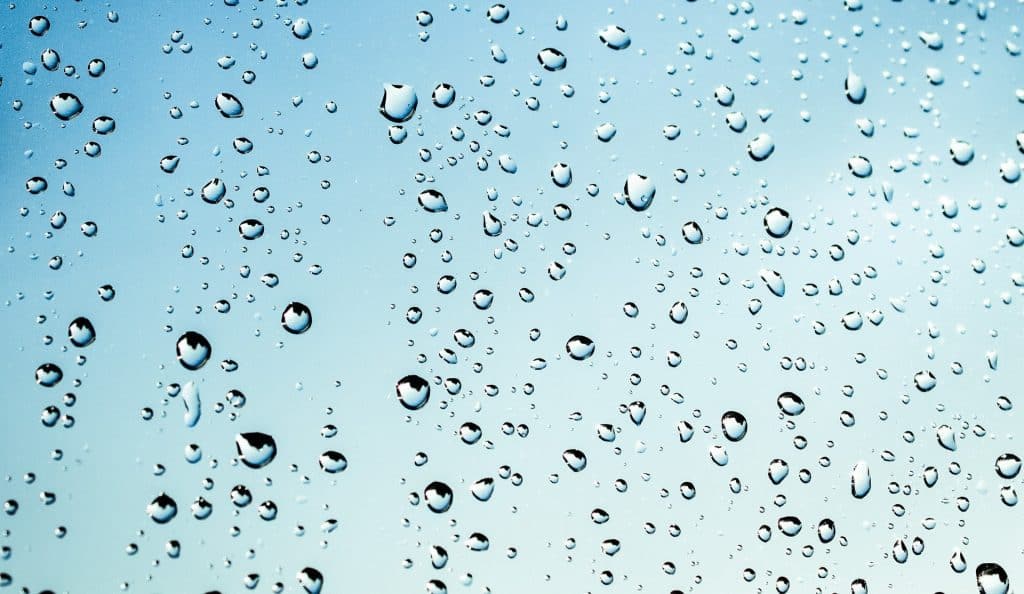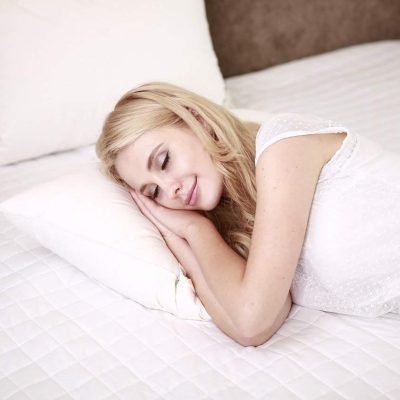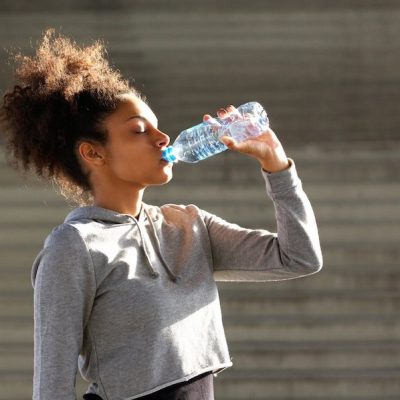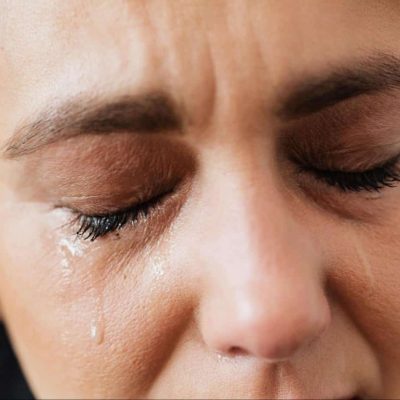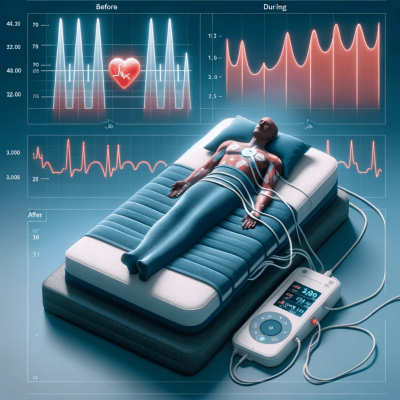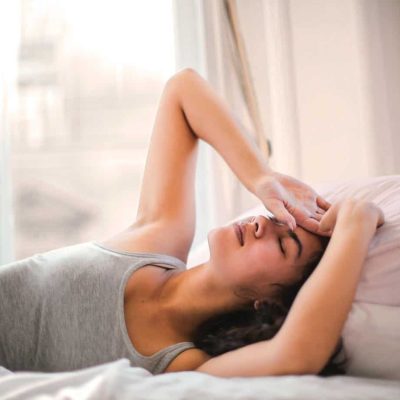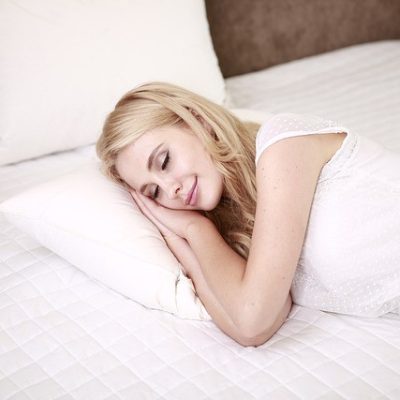Table of Contents
ToggleWhy have a CPAP humidifier?
If you’re already using a CPAP machine and are having problems with nasal dryness, congestion, or discomfort, humidification can assist.
When we breathe regularly, our nose and throat assist in humidifying (moistening and warming) the air we inhale. The body can’t keep up with the increased air flow from the CPAP, which can result in stuffy nose or congestion.
Nasal congestion and dryness of the nose and throat affect up to 40% of CPAP users. Patients may be unable to continue their treatment because of these effects. Humidifiers for CPAPs give moisture and warmth to the air that is delivered by the machine. This will help to alleviate feelings of dryness and congestion, as well as increase overall comfort and compliance.
A CPAP humidifier is a device that adds moisture to the air you breathe through your CPAP machine by releasing moisture from a small tank of distilled water. This can help you feel more at peace when using CPAP.
CPAP therapy can cause dry mouth, dry throat, cracked lips, nosebleeds, stuffy noses, chest pain, and sinus infections by reducing moisture in the nasal airways. When using CPAP therapy, humidifiers are utilised to give moisture to the air, preventing these difficulties.
Built-in and external humidifiers are the two types of humidifiers available. The CPAP machine includes built-in humidifiers. External humidifiers attach to your CPAP machine as independent components.
You should always check your CPAP machine’s manual or contact the manufacturer for recommendations on which humidifiers are the best options for your machine.
Adjusting humidity levels throughout the year
Humidity levels will need to be adjusted frequently as the seasons change or if a person travels to a different climate. If you’re congested or dry, turn up the humidity (and tube temperature if possible), and if you have any condensation or water in your tube or mask, turn down the humidity (and/or turn up the tube temperature if possible).
What humidity level settings should I use for my CPAP?
Daron L. Scherr is a Board-Certified Sleep Doctor and the Clinic Director of The Sleep Institute, located in Pocatello, Idaho says: While there is a small amount of research indicating high humidity can decrease pressure requirements a small amount, I don’t believe the research outweighs personal comfort and nasal health issues.
I recommend setting the humidifier on maximum and working down from there.
Sleep specialist Jeannine Louise Gingras, MD is the Medical Director of Gingras Sleep Medicine in Charlotte, North Carolina says: The humidity level on cpap machine is what is comfortable for you. Some patients do not like the heated feature and do not use it, and you do not want rain out (water accumulating in the hose). If you are waking with a dry mouth, you may want to increase the humidity by increasing the heat. I typically start midway.
Courtney Whitney D.O. is a Board Certified sleep specialist at Whitney Sleep Center says: The best cpap humidifier setting is really a personal preference. If you have a dry mouth, throat and nose then you should for sure turn up your humidity level on your CPAP. On an Icon, you need to dial over to the 1:00 position, tap the silver button to make the screen active and the number will flash, and then dial up the number to a max of 7. Tap the silver button again to save your setting. If you have heated tubing there is an a additional humidity setting for it that can be adjusted and many find very useful if additional humidity is needed. To change the “boost” or tube heat setting just hold in the silver button for 3 second when you are at the 1:00 position and thermometer will appear in the top right corner of your screen. The more thermometers, the more humidity will be delivered to you. Call our office if you need further assistance and one of our respiratory therapists would be happy to help you
John Douglas Hudson, M.D. has been recognized in the medical community for excellence in his practice says: There is no “correct” setting for humidification with CPAP. Some patients do not use the humidifier but if you use the highest setting there can be excess water collected in the hose. You have to experiment with the settings. I do not know how to set the humidity for the ICON CPAP. I recommend you contact the company which supplied the CPAP or even Google may tell you how.
When should I use the humidifier on my CPAP machine?
When would I require the use of a humidifier?
1. If you are over 60 years old.
2. If you’re using two or more prescription drugs.
3. If you suffer from persistent mucositis, sneezing, or postnasal drip.
4. If your uvula was removed.
5. If you prefer a cool room to sleep in.
6. If CPAP causes you or your… to sneeze. mouth is parched. Burning in the nasal passages.
What happens if CPAP runs out of water?
What if my water chamber runs out of water in the middle of the night? Without water in the water chamber, your device will function normally and safely, but it will no longer offer humidification.
Can I use a room humidifier with a CPAP machine?
Adding a humidifier to your CPAP machine, either separately or together, can make your sleep more comfortable and enjoyable. The cpap humidifier setting allow warm or cool mist making it easier for air to move through.

